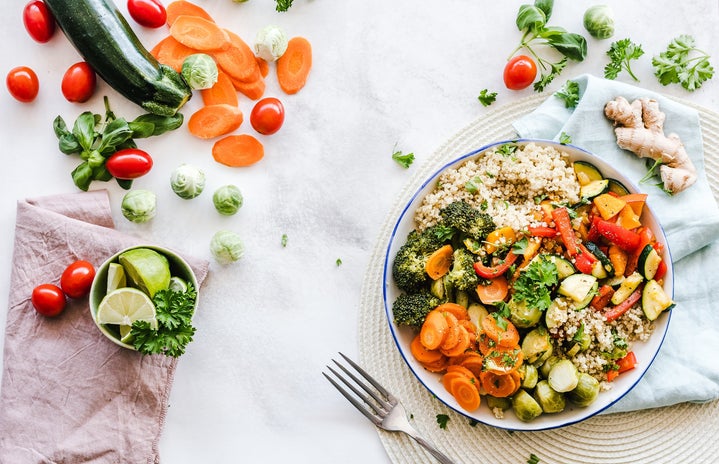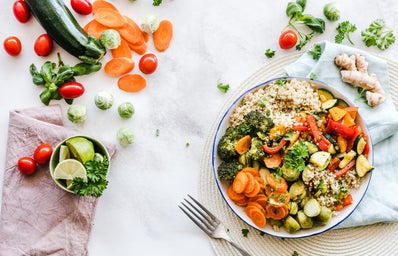Celiac is a chronic health condition that causes the body to attack its own small intestine when gluten – a protein in wheat, rye, and barley – is consumed. This is separate from a gluten sensitivity or allergy, as celiac is an autoimmune disease rather than an intolerance to the substance. According to the University of Chicago’s Celiac Disease Center, 1% of the global population has celiac. To put this in perspective, in the US it is estimated that around 3 million people have celiac, although a vast majority of these people go undiagnosed. So for any recently diagnosed celiacs, or others looking at a gluten free diet, here are five tips on how to manage being gluten free.
- Find the brands that work for you
-
Due to changing rules and a larger market, there are a lot more gluten free brands available in stores. As someone who’s been gluten free for almost three years, gluten free breads, pastas, and pastries are not created equally. I’ve personally found that Schär has really good options, but keep in mind that pricing for gluten free goods can vary widely.
- Be careful about the small things
-
The basics of being gluten free address bread and pasta, but gluten is far more ubiquitous than that. Store-bought salad dressings, soups, salami, and soy sauce are some of the first things that pop into my mind as items that often have gluten. I’m still checking labels on new products, so keep in mind that a gluten free diet often entails more than just giving up bread.
- Cross contamination is real
-
If you’re working in shared kitchen spaces, be careful of which utensils have been where, or which pots and pans have recently housed glutenous products. Not every celiac is the same, as this is not something that affects me too much, but fryer oil used for gluten free and regular products in restaurants has bothered me in the past. Just be aware that this could be an issue, and be careful with shared spaces.
- Get comfortable with making plans and providing alternatives
-
One of the most frustrating parts of being gluten free, at least for me, is not having the ease of going wherever my friends or family would like to. Luckily, gluten free options in restaurants have also increased, but it is important to remember to be careful and know your own options. Not everyone will know or understand why celiacs cannot “just eat it this once.”
- Experiment in the kitchen and keep the recipes that work
-
This does not just apply for cooking either. Some gluten free recipes, baking or otherwise, can be very hit-or-miss, so dedicate some time to adapting favorites into their gluten free versions. While there is a mass of information available, I’ve found that having one or two gluten free cookbooks (Gluten Free Cooking For Dummies and Cook Once Eat All Week are two I’ve really enjoyed and are available on Amazon) really helped give me a baseline for what I could easily make in my own kitchen, or that I could easily expand with online recipes. For online recipes I’ve found that looking for specific meals is more useful than browsing particular websites, although I have used King Arthur Flour for baking and Allrecipes for more general recipes quite a bit.
While these are all pretty general tips, the best advice I can give is to talk to other gluten-free people and focus on how much better you feel without gluten. I was really lucky in that I went to St Andrews shortly after I was first diagnosed, and had teammates with the same condition who guided me through some of the early growing pains of going gluten free. If you can’t find anyone in person, there are a lot of websites and forums that are worth at least reading to see how others have managed it in their lives (I’m a particular fan of https://www.beyondceliac.org/ and https://www.celiac.com).
On the second point, it is undoubtedly hard to go gluten free in the beginning, but once the digestive tract has begun recovering, eating gluten no longer feels worth it in my experience. The outcome of eating those foods, the pain or any other myriad of possible symptoms, soon begins to outweigh how much better the regular pizza looks, or how shiny that cinnamon roll is. A celiac diagnosis or a move towards a gluten free diet does not necessarily mean a reduction of joy in food or only eating cardboard bread; find what works for you and communicate with those around you to make a gluten free diet intuitive and easy.



